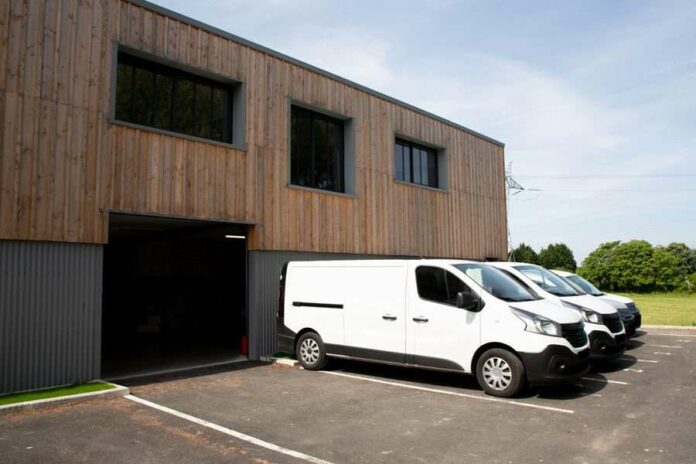If you manage more than just a few vehicles, you need commercial fleet insurance. Securing fleet insurance, following fleet management best practices and using telematics can save you money and protect lives.
Tailored to you
Do-it-yourself insurance might initially seem like an easy way to go, but any time you save on the front end could be lost in the long run. You may sustain substantial losses due to coverage gaps, lost discounts and higher accident rates.
Fleet insurance makes your life easier by managing your vehicle pool all at once, regardless of where your vehicles are located.
Types of insurance plans include, but aren’t limited to:
-
- Scheduled vehicle policies, which are good for smaller fleets that have few changes in size or activity over the year
-
- Mileage-based policies, which often attract fleets of 15 or more vehicles that run longer hauls
-
- Gross revenue policies, which may appeal to companies that earn most of their revenue from fleet activity
Your state will require a minimum liability limit, such as $1 million. But you can choose higher limits. Liability insurance covers claims alleging injury and/or property damage caused by your business.
You can also get coverage for collisions and/or comprehensive damage from things like fires, theft, vandalism and other noncollision incidents. This can help pay to repair or replace your vehicles. In many cases, windshields are covered without a deductible.
You can also integrate other coverages with your fleet insurance. These include broker bonds, cargo, workers’ compensation, employment practices liability and umbrella or excess liability for large losses. Ask about the full range of complementary products and discounts for purchasing more than one type of coverage.
If your drivers carry valuable equipment in your business vehicles, you might want inland marine coverage as well. You can also add other coverages, like uninsured motorist insurance and roadside assistance, for an additional cost.
Power in numbers
You can save money with fleet insurance. Premiums are normally calculated on a group basis, which can reduce cost. A single policy applies to the entire fleet, creating efficiency by reducing paperwork. Adding or swapping vehicles during the policy year is very manageable. And vehicles can be driven by anyone with permission from the business.
If you are cost-conscious, you may consider agreeing to a higher deductible. But a tried-and-true method of keeping costs down is reducing accidents through driver safety.
Research shows that offering drivers awards and incentives for safe driving is an effective way to minimize accidents.
The insurance company will look at your firm’s driving record, typically over the past three years. They’ll want to know about your safety manuals, vehicle operation policies and drivers’ motor vehicle records. The better their records and yours, the more insurable your fleet will be and the better your price.
Safety is within your grasp
Some levels of fleet insurance offer assistance to improve driving safety. They can dovetail basic safe driving programs with automotive technology to help drivers and managers reduce accidents, stress and lost time. They may include equipment that monitors traffic, vehicle locations, fuel usage, mileage and engine function.
The insurance company also may provide distracted driving prevention as well as data analysis and reporting tools. This can help your company enforce driving protocols and improve efficiency.
These comprehensive fleet management solutions use online platforms to help you manage and report important fleet data in the way that best suits your company. They usually allow you to screen job applicants’ driving records and monitor drivers on the road through telematics and frequent motor vehicle reports from the state.
With the right insurance and partners, you can protect your fleet, employees and company in an efficient and rewarding way. Speak to your insurance professional if you have questions or need more information.
